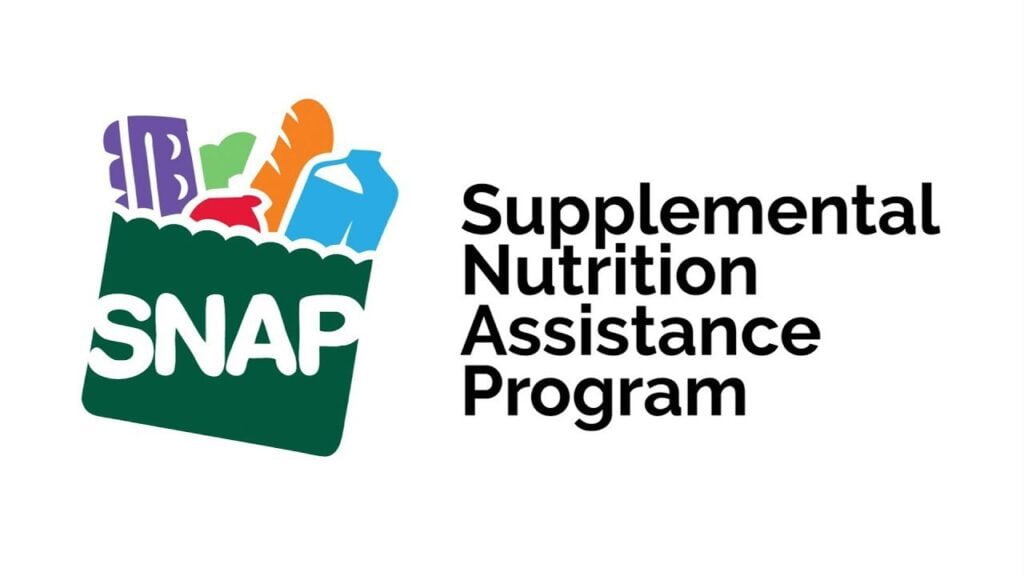
Challenges with SNAP applications for older adults
What are the biggest issues older adults have with the SNAP application process?
The biggest issues that older adults may have with the SNAP application process include difficulty completing the application forms, difficulty providing documentation to support their application, and difficulty navigating the process of applying for SNAP benefits. Additionally, some older adults may have difficulty accessing the internet or may not be familiar with how to use a computer, which can make it difficult for them to complete the online application process. It is important for older adults who are seeking SNAP benefits to get help from a trusted friend, family member, or social service agency if they need assistance with the application process.
What specifically is difficult about completing the SNAP application forms?
The SNAP application forms can be complex and may require the applicant to provide detailed information about their income, assets, expenses, and household composition. This can be difficult for older adults who may not have access to all of the necessary documentation or who may have difficulty remembering or providing this information. Additionally, the application forms may be long and may require the applicant to provide information about their financial situation and household circumstances that they may not be comfortable sharing. This can make the application process difficult and stressful for some older adults.
What are the 5 best ways for older adults to get educated about SNAP food stamp programs and speed up their SNAP application process?
- Contact your local SNAP office to find out more about the program and how to apply.
- Visit the SNAP website to learn more about the program and how to apply.
- Ask friends or family members who have previously received SNAP benefits for advice on the application process.
- Check with local non-profit organizations or community groups that may offer assistance with SNAP applications.
- Consider attending a workshop or information session on SNAP benefits and the application process. These may be offered by community organizations or local SNAP offices.
What can they do to get access to all of the necessary documentation for the application?
One thing that older adults can do to get access to all of the necessary documentation for their SNAP application is to gather all of the relevant documents and information before beginning the application process. This may include income statements, bills, bank statements, and other documents that can provide information about their financial situation and household circumstances. Additionally, older adults can ask for help from a trusted friend, family member, or social service agency if they need assistance in gathering the necessary documentation for their SNAP application. This can help to ensure that they have all of the information that they need to complete the application accurately and effectively.
How can local non-profit organizations increase SNAP food stamp enrollment for older adults?
There are several steps that local non-profit organizations can take to increase SNAP enrollment among older adults:
- Educate older adults about SNAP and the benefits of the program. Many older adults may not be aware of SNAP or may not understand how the program can help them. Non-profit organizations can help by providing information and answering questions about SNAP.
- Help older adults with the SNAP application process. The SNAP application can be complex and overwhelming for some older adults. Non-profit organizations can offer assistance with completing the application, including helping with required documentation and answering any questions.
- Provide transportation to SNAP offices. Many older adults may have difficulty getting to the SNAP office to apply for benefits or to receive their benefits. Non-profit organizations can help by providing transportation or coordinating with local transportation providers to ensure that older adults can get to the SNAP office.
- Advocate for increased SNAP benefits for older adults. Non-profit organizations can work with policymakers and other organizations to advocate for increased SNAP benefits for older adults, which can help more older adults access the program and receive the benefits they need.
- Partner with other organizations to reach more older adults. Non-profit organizations can work with other organizations, such as senior centers, community groups, and local governments, to reach more older adults and provide information about SNAP. This can help increase enrollment in the program and ensure that more older adults have access to the benefits they need.
- Utilize technologies designed to assist with education, awareness and engagement on key needs such as SNAP, in order to drive higher conversion.
